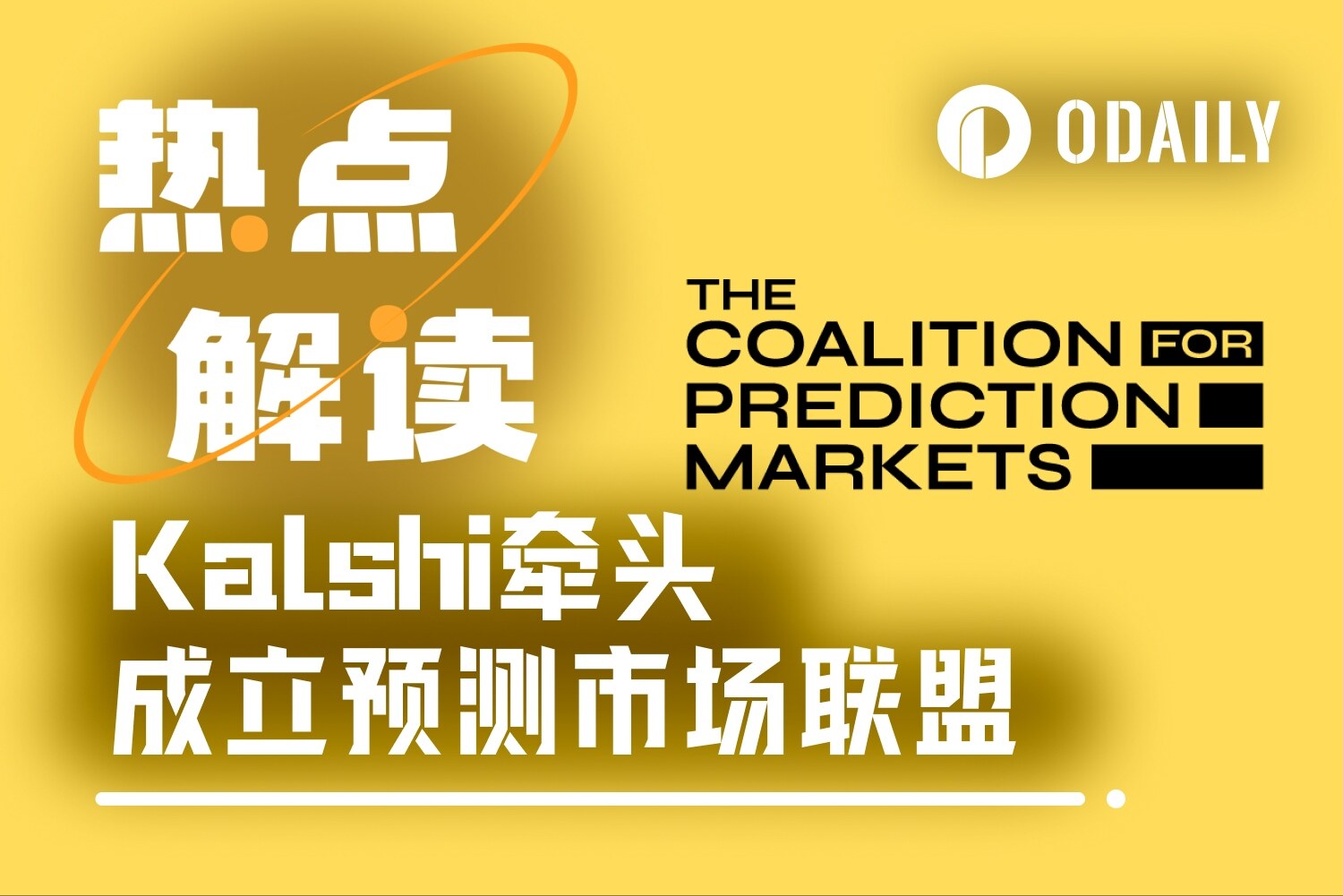The birth of the BTC ecosystem "Heng Era"? A brief discussion on the innovative value of Runes and its potential subsequent market impact
Original author: Haotian (X: @tme l0 211 )
How to understand the innovative value of Runes and its potential subsequent market impact? In my opinion, Runes is a set of FT token issuance standards based on the Ordinals protocol, which will become the asset issuance basis for the subsequent construction of a huge ecosystem on the BTC network. If the stage before the halving when standards such as BRC 20, ARC 20, and SRC 20 were flying around was regarded as a "chaotic era", will the Runes standard promote the birth of a "stable era" for the development of the BTC ecosystem? Next, let me talk about my understanding:
1) Ordinals is a protocol for issuing and transferring various crypto assets based on the BTC network through off-chain indexing. Ordinals was initially more suitable for NFT-type assets. The emergence of the Rune standard made up for its shortcomings in the issuance and management of FT homogeneous token assets, and truly helped it become a BTC-derived crypto asset issuance and management protocol;
2) After Ordinals, a series of derivative innovative standards such as BRC 20, ARC 20, SRC 20, etc. were born, all of which revolve around the Script space in UTXO, with the goal of issuing FT homogeneous assets on BTC.
As the first token standard, BRC 20 realizes asset issuance by placing data in the Witness Segregated Witness, and realizes asset management through subsequent joint management between Ordinals and other multi-indexers; ARC 20 is a derivative and improved token standard, which realizes the transfer management of derivative inscription assets based on the transfer characteristics of the chain UTXO itself, reducing the dependence on multiple indexers; SRC 20 directly embeds the original data into the UTXO transaction in the form of stamp code, and can realize asset issuance and management without relying on third-party indexers.
The above three types of token issuance standards each have their own advantages and disadvantages: Although BRC 20 has a strong early consensus, the market Fomo sentiment will cause the UTXO set to expand, resulting in a large amount of dust, which will harm the BTC network in the long run; ARC 20 is deeply loved by the technical community for its simplicity of colored coin transfer model and Bitwork's POW mining paradigm, but its reliance on isolated witness for data storage is not perfect, and the subsequent token splitting has also encountered some troubles; although SRC 20 can be independent of the indexer, the problem of its own data storage creating dust for the BTC network has not been solved.
3) As you can see, this chaotic era of warring factions lasted for a long time. Casey (X: @rodarmor ), the founder of Ordinals, proposed a new Runes standard to solve this chaos. There are two innovations:
The OP_RETURN Bitcoin script opcode was introduced to mark and store any non-payment related data, solving the UTXO dust problem at the source.
It adopts the asset transfer features of the UTXO model dominated by ARC 20, and users can transfer and manage inscription-derived assets by transferring UTXO.
OP_RETURN is equivalent to the Blob space applied on Ethereum layer 2. It can effectively record data but will not be operated by the full node. Through the OP_RETURN mark, the Ordinals protocol can manage and account according to the transfer direction of UTXO, which can well realize asset splitting and avoid asset loss. How to achieve asset splitting? For example, if Alice has 10 Rune tokens and now wants to send 2 Rune tokens to Bob:
Alice initiates a regular transaction transfer on the chain and specifies Bob's address as the receiving address;
The wallet or asset management platform will follow up and initiate an OP_RETURN transaction and mark 2 coins as being transferred to Bob, and the remaining 8 coins as being transferred to Alice’s change address (the inscription transfer actually involves 2 transactions);
(This is why the assets in ARC 20 are burned. If the user does not specify the change address, the default assets will "disappear" along with the UTXO and be transferred to the miners)
The Ordinals protocol index data found that OP_RETURN recorded a request to transfer 2 coins, giving Bob's address + 2 and Alice's new address + 8, completing the asset splitting and transfer management.
4) It is not difficult to see that the Runes standard adopts the strengths of many and fundamentally solves the problem of UTXO expansion that has been criticized. The key is that the Runes standard can cooperate with the Ordinals protocol to achieve the unification of FT and NFT asset issuance, allowing the Ordinals protocol to further consolidate its foundation.
In layman's terms, the Runes standard is actually a set of FT token standards attached to the Ordinals protocol. The combination of the Runes standard and the Ordinals protocol will provide the BTC market with a healthy and well-established asset issuance and management method. Runes abandons the defect of BRC 20's over-reliance on indexers, and makes more use of the transfer capabilities of UTXO itself to assist in marking, thereby achieving an asset issuance method that is close to BTC's native.
It has all the advantages of other standards, and it does not have the defects that other standards cannot solve. Unless you really want to know whether the Ordinals protocol is credible, Ordinals+Rune must be the "perfect" issuance paradigm for current BTC derivative assets.
5) In the short term, the combination of Runes and Ordinals will have an impact on token issuance standards such as BRC 20, ARC 20, and SRC 20. After all, their comprehensive consensus + technical advantages + long-term stability have advantages. Other standards will be directly drained and absorb a lot of attention and supporters.
However, this is by no means a complete replacement. If you pay attention to ARC 20, you still cannot rule out the possibility of its subsequent amazing development. In my opinion, Ordinals can be regarded as an indexer, or as a layer 2 index chain, which is in competition with the CKB chain @NervosNetwork with isomorphic binding characteristics. Although the consensus of the Ordinals protocol is very strong, it is impossible to prevent the birth and development of other protocols that coexist with it. (If you are still based on Ordinals but still try to get rid of Runes and engage in "standard" differentiated innovation, you should save your energy)
6) With the emergence of the Runes standard, we were surprised to find that the market has changed. The sky-high mining fees and Premine mechanism, as well as Runestone, RISC, and other NFT airdrops have made the entire BTC derivative asset market issuance more like the early NFT market.
Some people say that it has changed the fundamentals of Fair Mint, but that is wrong . Only a token issuance standard that is driven by the project, has an open and transparent distribution mechanism, has the potential for subsequent empowerment and development, and has a foundation for the continued growth of the community is "healthy". If an asset issuance can only Fomo a wave, allowing a group of people to get rich quickly without generating any subsequent imagination, its significance is also very limited.
above
As I said at the beginning, I hope that the emergence of the Runes standard will usher in a "permanent era" for the development of the BTC ecosystem. So far, it seems to have started well. I also hope that as a mainstream asset issuance paradigm, it can accelerate the BTC ecosystem from the stage of speculative asset issuance paradigm to a stage that empowers the development of the layer 2 ecosystem.
Only when the Runes standard asset issuance creates wealth and attracts new users and the subsequent BTC layer 2 chain continues to generate linkage at the ecological operation level, can the BTC ecological explosion begin.
Note: The above content only represents my personal objective investment research position. Some technical details may be biased and are not intended as investment advice or reference. For more content, please visit the Substack column subscribed to on my Twitter profile homepage, where you can systematically browse more technical and business insights.



